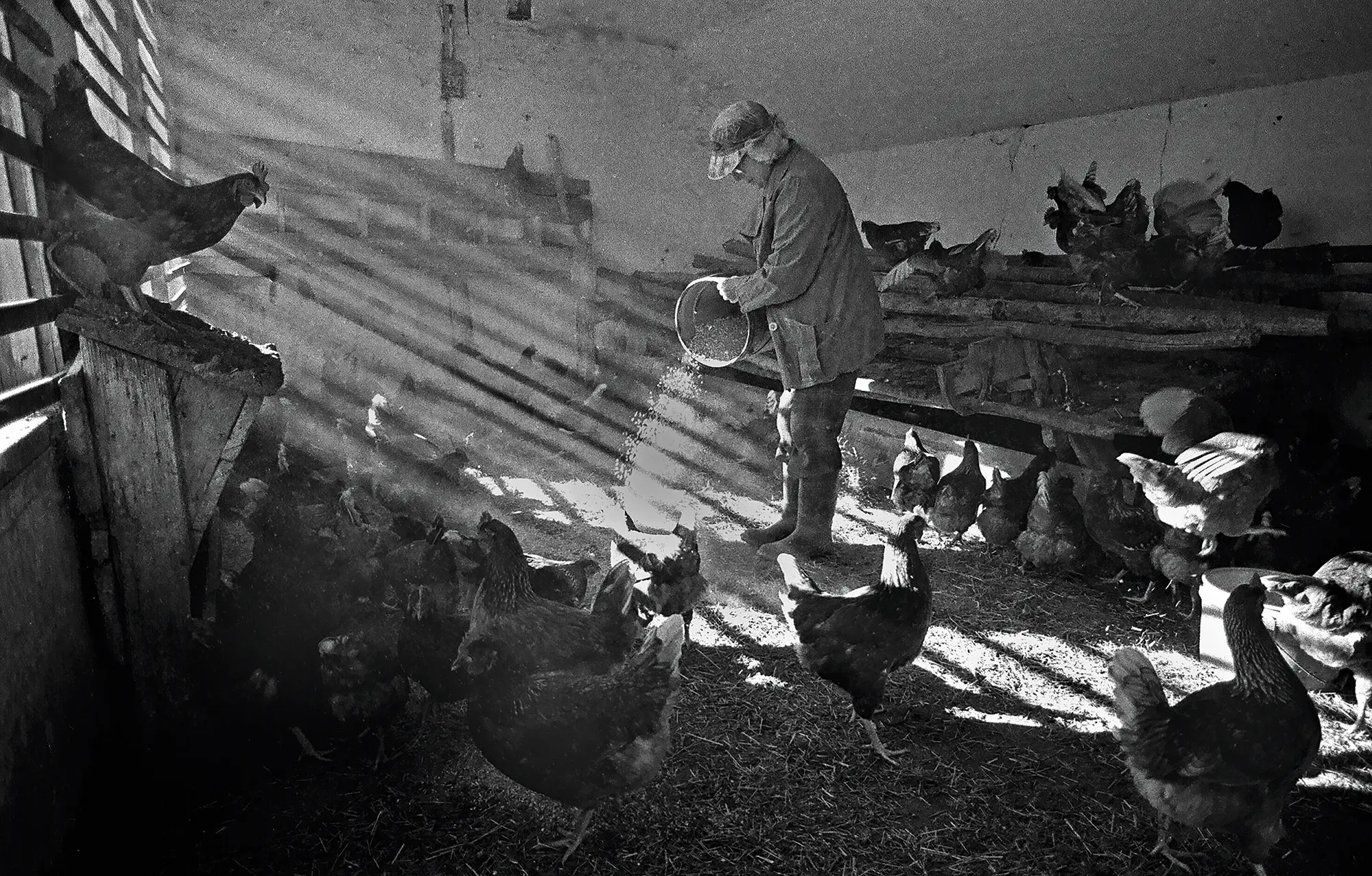
Photographing Escarpment ski racing was hard on body and equipment alike—it’s a wonder we captured anything.
By Willy Waterton // Photo by Willy Waterton
Between squalls of snow blowing sideways off Georgian Bay and across the Niagara Escarpment, skiers would appear and flash past us halfway up the slopes of Georgian Peaks on this cold, wet Friday in February 1979. Several news photographers from Toronto papers, along with myself, bundled in warm clothes and mitts, had positioned ourselves close to one of the gates. We were there to photograph Andre Arnold of Austria (right) and American Hank Kashiwa (left), competing in a World Pro Ski Tour dual giant slalom (GS) qualifying round.
The Georgian Peaks Club has the highest vertical drop of any ski resort in Ontario, at 250 metres (820 feet)—enough to host official International Ski and Snowboard Federation (FIS) GS races. Eighty-two days after its opening in 1961, The Peaks hosted the Bee Hive Giant Slalom—the first professional GS race in Canada. Since this humble beginning, world-class Canadian downhill ski racers have trained on the slopes of the Niagara Escarpment at local public and private ski resorts, bringing home impressive results from world events.
This was long before cameras were automated, and few of us could afford “fast” aperture lenses. You adjusted the exposure by hand—not easy with big mitts and white snow causing light meters to underexpose. Without time to focus on the skier, you had to manually focus on the gate poles to get the skier sharp as they roared by. I didn’t have a motor drive to blast through a number of film frames to capture the best image. You basically had one frame. Hence the quote from famous French photographer Henri Cartier-Bresson, “the decisive moment,” referring to the instant when all the elements come together to form a strong image.
As I said, the weather was foul. Cameras were malfunctioning as moisture penetrated their inner workings. The temperature dropped, freezing the focus units in lenses. The film-advance and shutter jammed. Film became brittle, breaking as you tried to advance it by hand. Oh, and did I mention the viewfinders were covered in freezing ice, making for very difficult framing and focusing? It was amazing that any of us got good images.
After a couple of hours, with the racing finished for the day, we slid down the mountain to thaw out in the media centre. Then we all headed back to our respective offices to process the film and file the photographs for Saturday’s newspapers.
Arnold went on to win the race. He competed in World Cup races during 1977 for Austria, then switched to the World Pro circuit in North America. He won the overall title four years in a row, 1978 through 1981, and was also the professional world champion each year. During his racing career he won a total of 38 races before a 1982 career-ending knee injury in Vail. Arnold returned to Austria to run ski camps and a boutique hotel.
Ski Cross World Cup races will be held March 14 and 15, 2025, at Craigleith Ski Club.













